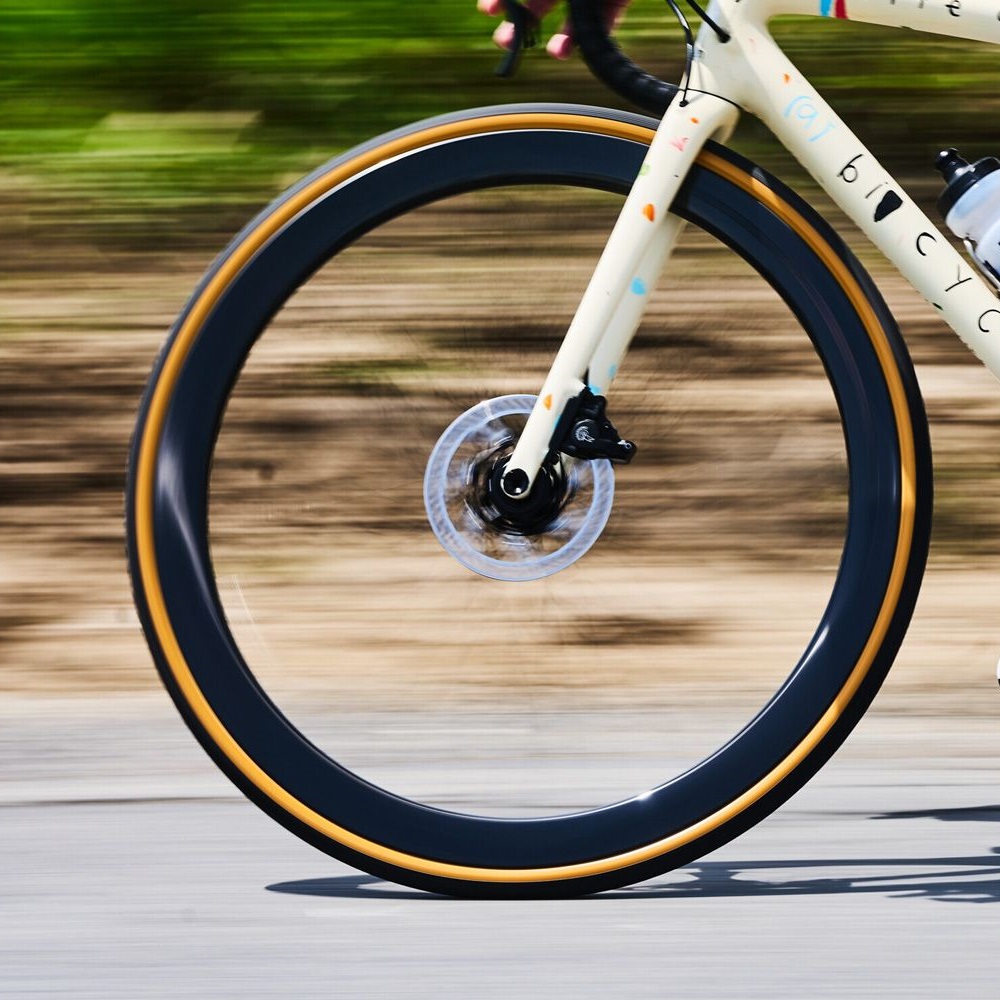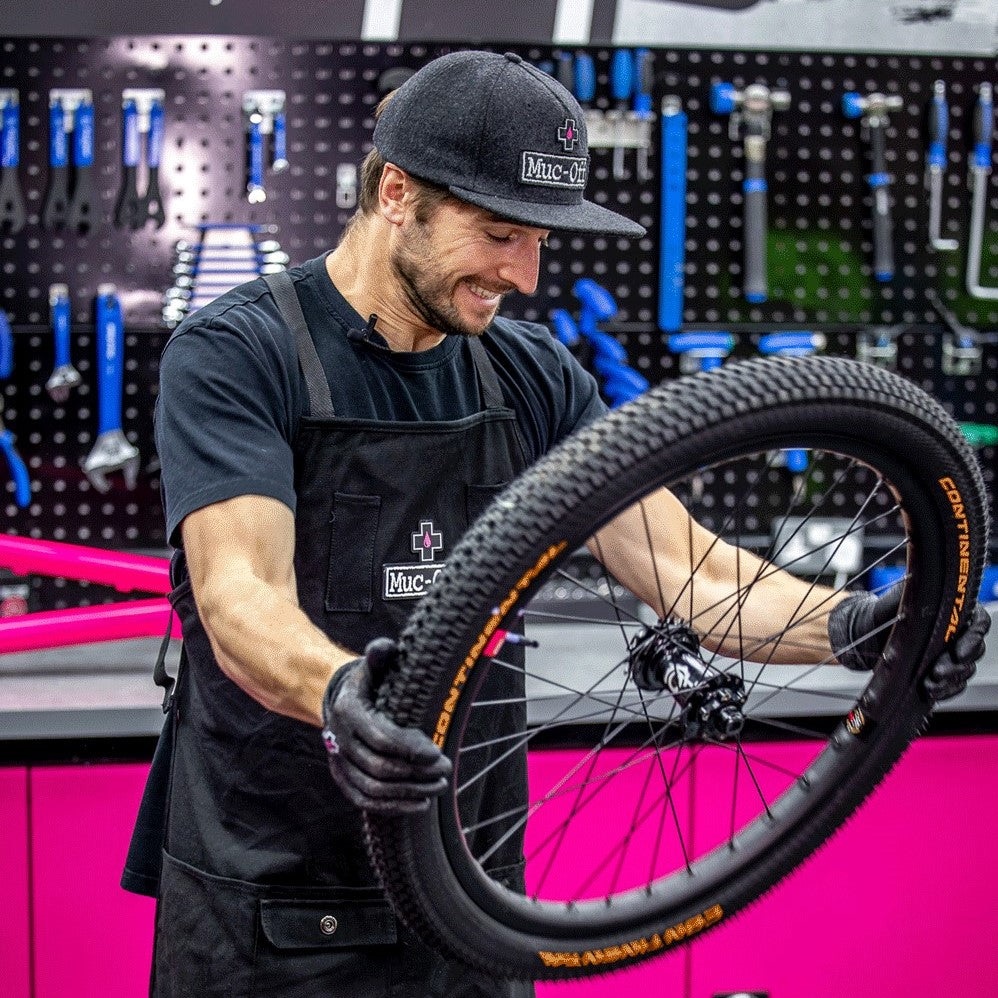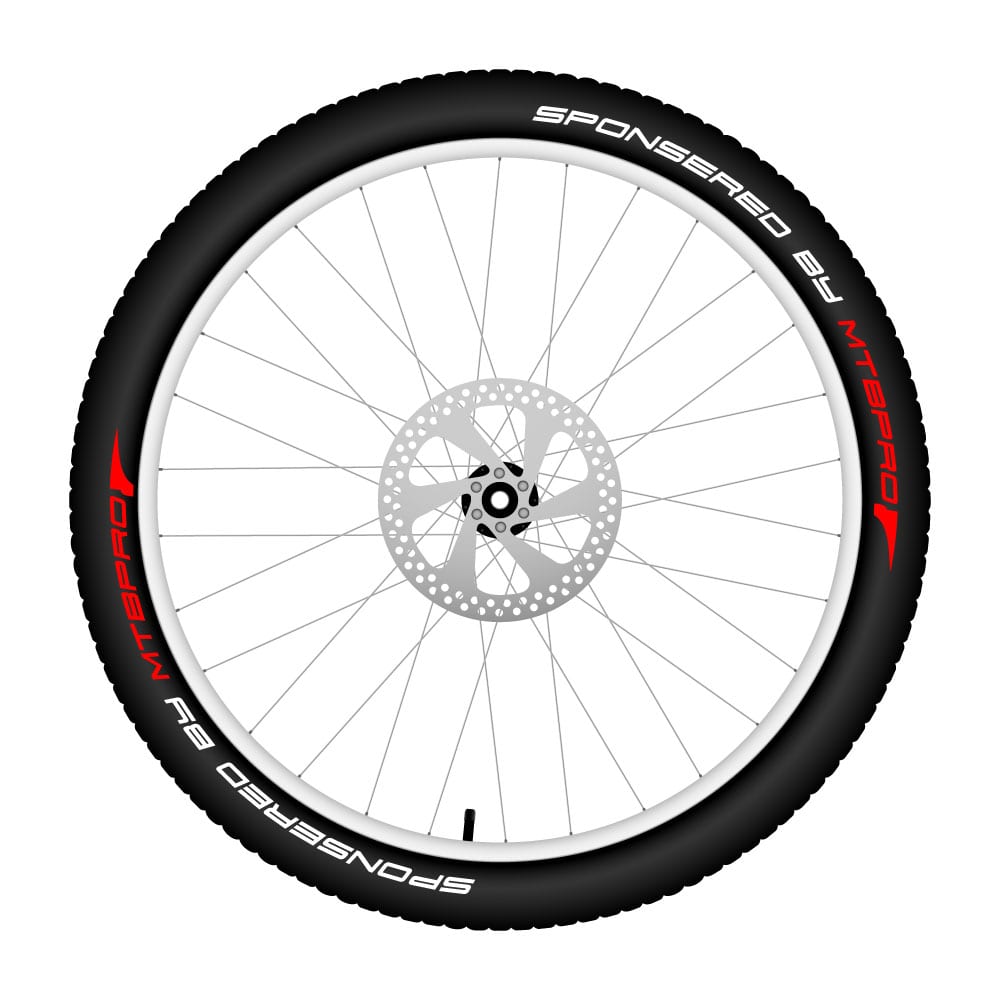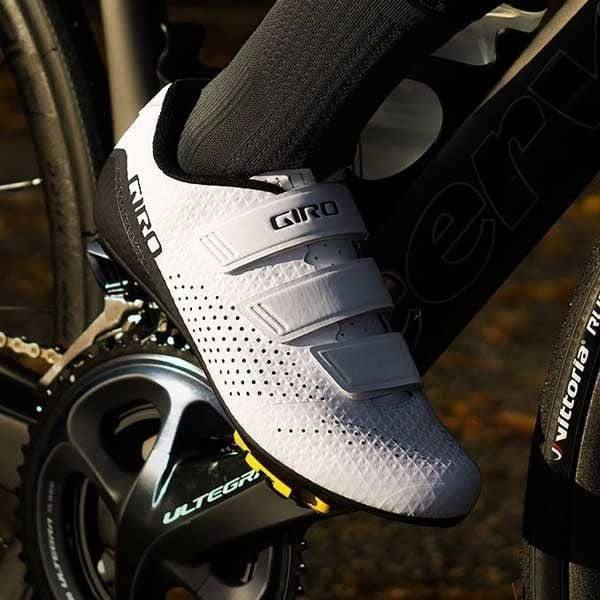Bicycle tire pressure is a crucial factor that affects safety, performance, and comfort. While it may seem like a small detail, getting it right can significantly enhance your cycling experience. Whether you are a casual rider or a seasoned professional, understanding the importance of tire pressure is essential. In this article, we will explore various aspects of bicycle tire pressure, including how to measure it, how it affects your ride, and tips for maintaining optimal pressure.
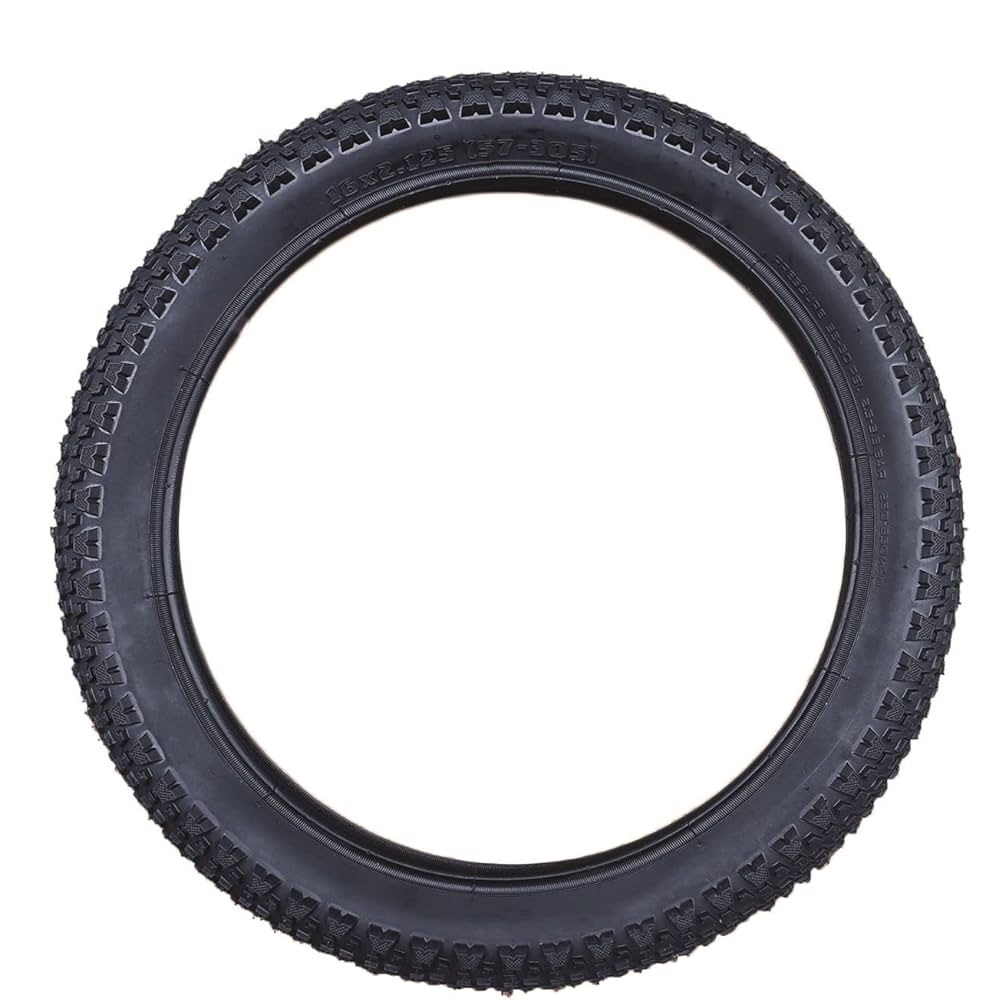
Why Tire Pressure Matters
The Importance of Proper Tire Pressure
Having the correct tire pressure is vital for several reasons. First, it influences safety. Under-inflated tires can lead to increased rolling resistance. This makes it harder to pedal, especially on inclines, and may even cause the tire to slip. Conversely, over-inflated tires can become dangerous as they may burst. Such an event can lead not only to a sudden loss of control but also to potential injuries.
Second, proper tire pressure affects the longevity of your tires. Tires that are not inflated to the recommended pressure wear unevenly. This uneven wear can lead to costly replacements sooner than expected. Moreover, the right pressure enhances traction. This is particularly important when cycling on varied terrains, such as gravel or wet roads. Good traction helps maintain control, making rides safer and more enjoyable.
Lastly, proper tire pressure contributes to efficiency. The right amount allows the bike to roll smoothly. This reduces the effort needed to pedal. Riders can go longer distances with less fatigue. Therefore, maintaining the right tire pressure is an important aspect of cycling.
Performance Implications
Tire pressure affects performance in a few key areas. One of the most noticeable differences is in speed. When tires are correctly inflated, they create less drag. This means you can go faster with the same amount of effort. On the other hand, under-inflated tires can significantly slow you down. You may find yourself exerting much more energy for little reward.
In addition to speed, handling is another important factor impacted by tire pressure. Properly inflated tires give you better control of your bike, especially on turns. If your tires are too soft, they may flex too much. This could lead to less accurate steering and an uncomfortable ride. Conversely, over-inflated tires may become rigid. They may bounce over bumps rather than absorbing shocks, making for a less smooth ride.
Lastly, tire pressure also affects comfort. Properly inflated tires provide optimal cushioning. They soak up small bumps on the road, preventing jarring sensations. Conversely, tires that are either too firm or too soft can lead to discomfort, making longer rides less enjoyable.
How to Measure Tire Pressure
Tools for Measuring Tire Pressure
To determine the correct tire pressure, you’ll need a reliable pressure gauge. Visit any bike shop or online store, and you’ll find various types of gauges available. Some gauges are analog, while others are digital. Both types can give accurate readings. Choose one that feels comfortable for you, as you’ll likely use it frequently. If you prefer something handy, consider a gauge that attaches directly to the pump.
Additionally, many pumps have built-in gauges. These can be convenient, but always cross-check them with a separate gauge for accuracy. Some cyclists also use tire inflators that come with integrated pressure gauges. These tools can give you both a reading and the ability to inflate the tires in one go.
Checking Tire Pressure: A Step-by-Step Guide
To check your tire pressure, start by removing the valve cap from the tire. Press the gauge onto the valve stem firmly and quickly. Read the display to determine the tire’s current pressure. Most tires will show two measurements: PSI (pounds per square inch) and BAR. Be sure you know which unit your tires require.
Consult the sidewall of your tire for the recommended PSI range. This range typically appears as a minimum and maximum number. For example, your tire may read “40-65 PSI.” It’s essential to stay within this range to ensure optimal performance and safety.
If your tire is too low, use your pump to add air until you reach the ideal pressure. If it’s too high, carefully let out some air. It’s a balancing act; you want to find that sweet spot where your bike performs optimally. Always check the pressure before long rides, as tires can lose air over time.
Maintaining Optimal Tire Pressure
Regular Checks
Consistent tire pressure checks are necessary for all cyclists. Ideally, you should check your tire pressure before every ride. Tires can lose air due to temperature changes, riding conditions, or simply over time. A sudden temperature drop can cause the air inside to contract, leading to lower pressure. Conversely, heat can cause tires to expand.
In addition, certain riding styles and terrains can affect how quickly your tires lose air. Mountain biking on rough trails can lead to punctures and leaks. Road riding on smooth surfaces generally leads to less wear and tear. Regardless of your riding habits, make it a habit to check your tire pressure regularly.
Signs of Low or High Tire Pressure
Being aware of your bike’s condition is also vital. If you notice that your bike feels sluggish or difficult to steer, it could be a sign of low pressure. Conversely, if your tires feel overly rigid or bouncy, they might be over-inflated. Pay attention to any unusual sensations while riding; they can be good indicators of tire pressure issues.
Another sign to watch for is uneven tire wear. If one part of the tire wears out faster than another, it may indicate incorrect pressure. This abnormal wear can shorten the life of your tires, making regular checks even more critical.
Finally, listen for strange noises while you ride. Popping or hissing sounds could be a sign of damage to your tire or that it’s losing air. Address such issues immediately to avoid further complications.
The Role of Temperature in Tire Pressure
How Temperature Affects Pressure
It’s essential to understand that temperature has a significant impact on tire pressure. As the temperature rises, so does the pressure within your tires. Conversely, cold weather leads to lower pressure. A general rule of thumb is that tire pressure can drop by about 1 PSI for every 10-degree Fahrenheit decrease in temperature. This can vary based on factors such as the type of tire and level of inflation. However, it provides a useful guideline for cyclists.
This means that in winter, you might need to check your pressure more often than during warmer months. If you live in an area with significant temperature fluctuations, keep this rule in mind. During summer, tires may feel over-inflated due to heat. Check them in the morning, when temperatures are cooler, for more accurate readings.
Adjusting for Conditions
When riding in varying temperatures, consider adjusting your tire pressure to maintain optimal levels. If you know you’ll be riding in colder conditions, start with slightly higher pressure. This can help offset the potential drop. However, be careful not to exceed the maximum PSI listed on your tire.
Conversely, if you expect to ride in the heat, you might want to inflate your tires to the lower end of the recommended pressure range. This can help account for the rise in pressure as temperatures climb.
By paying attention to the weather and adjusting your pressure accordingly, you can ensure a more comfortable and safer ride in any condition.
Common Tire Pressure Myths
Debunking Popular Misconceptions
There are several myths surrounding bicycle tire pressure. One common misconception is that lower pressure always equates to more comfort. While lower pressure can help absorb some bumps, too soft of a tire can lead to handling issues. It can also increase the risk of pinch flats, where the tire bottom out and pinches the inner tube. Finding the right balance is crucial for both comfort and safety.
Another myth is that you should inflate tires to the maximum PSI at all times. While it may seem logical that more pressure equals more speed, this is not the case. Over-inflation can lead to a loss of traction and a harsh ride. Always remain within the manufacturer’s recommended range for both safety and performance.
Clarifying Recommended Pressure Ranges
Some cyclists believe that the recommended pressure on the sidewall is merely a suggestion. In reality, those figures are determined through extensive testing and research. They take into account factors like tire construction, size, and intended use. Ignoring these recommendations can lead to poor handling, increased wear, and even accidents.
Lastly, there’s a belief that smaller cyclists need lower tire pressures. While a lighter rider may indeed benefit from using lower pressure, it’s not a rule. Each rider should consider their weight, riding style, and conditions when determining the best tire pressure.
Conclusion: Making Tire Pressure Management Part of Your Routine
Bicycle tire pressure is a critical element in ensuring a safe, efficient, and comfortable ride. By understanding its importance and how to measure, maintain, and adjust it, you can significantly enhance your cycling experience. Regular checks, awareness of temperature impacts, and dismissing common myths will prepare you for any ride.
With easy-to-follow guidelines, you now have the tools to make tire pressure management part of your biking routine. So grab your gauge, check your tires, and hit the road confidently. Happy cycling!
